Anise Vs. Star Anise – Are Star Anise And Anise Plants The Same
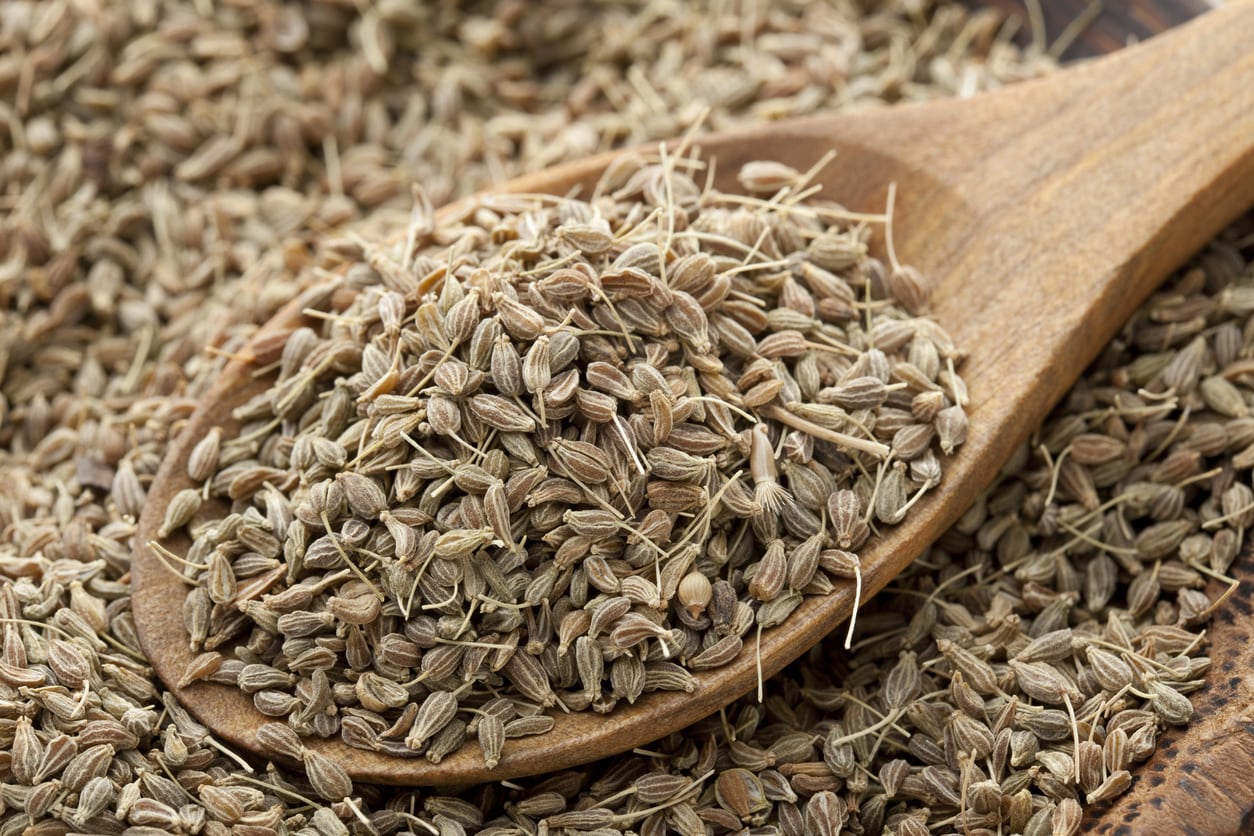

Looking for a slightly licorice-like flavor? Star anise or anise seed provide a similar flavor in recipes but are actually two very different plants. The difference between anise and star anise encompass their growing locations, part of plant, and traditions of use. One is a western plant and the other eastern, but that is only part of the distinction between these two intense flavorings. A description of anise and star anise differences will reveal their unique origins and how to use these interesting spices.
Anise vs. Star Anise
The pungent flavor of anise adds interest and regional significance to many dishes. Are star anise and anise the same? Not only are they from completely different regions and growing climates, but the plants are very distinct. One stems from an herbaceous plant related to parsley while the other is a 65 foot (20 m.) tall tree. The herb anise (Pimpinella anisum) is from the Mediterranean region. Its botanical family is Apiaceae. The plant produces umbels of starry white blooms that develop into the flavored seeds. By contrast, star anise (Illicium verum) is from China and its flavoring agent is contained in the star-shaped fruits. Both seasonings contain anethole, the licorice flavoring found in minor amounts in other plants such as fennel and caraway. The major culinary difference between anise and star anise is that anise seed is potent, with an almost spicy flavor, while star anise is subtly milder. They can be used interchangeably in recipes, but amounts must be adjusted to accommodate the mildness of the Asian ingredient.
When to Use Star Anise or Anise Seed
Star anise is used much like a dried cinnamon stick. Think of it as a pod that you add to dishes and then scoop out prior to eating. The fruit is actually a schizocarp, an eight chambered fruit with each containing a seed. It is not the seed that contains the flavor but the pericarp. During cooking, the anethole compounds are released to scent and flavor the dish. It can also be ground and added to recipes. Anise seed is normally used ground but can be purchased whole. In cases where the seasoning is removed before serving, star anise is easier to use because it is at least one inch across (2.5 cm.) while anise seeds are tiny and can be difficult to remove unless wrapped in a sachet. Star anise is notable for its role in Chinese five spice seasoning. Along with the star anise are fennel, cloves, cinnamon, and Szechuan pepper. This potent flavoring is often found in Asian recipes. The spice may also be part of Garam Masala, a primarily Indian seasoning. The spice translates well in sweet desserts like baked apples or pumpkin pie. Anise is traditionally used in anisettes such as Sambuca, Ouzo, Pernod, and Raki. These liqueurs were used as digestives after a meal. Anise seed is part of many Italian baked goods including biscotti. In savory dishes it may be found in sausages or even some pasta sauces.
Gardening tips, videos, info and more delivered right to your inbox!
Sign up for the Gardening Know How newsletter today and receive a free copy of our e-book "How to Grow Delicious Tomatoes".

Bonnie Grant is a professional landscaper with a Certification in Urban Gardening. She has been gardening and writing for 15 years. A former professional chef, she has a passion for edible landscaping.
-
 4 Superfast Composting Methods: Turn Waste Into Garden Gold In 30 Days Or Less
4 Superfast Composting Methods: Turn Waste Into Garden Gold In 30 Days Or LessTry the fastest composting methods to turbocharge your pile and transform kitchen scraps and garden waste into finished compost in just a few weeks.
By Mary Ellen Ellis
-
 Best Spider Plant Soil – Complete Soil Guide And Expert Tips For Keeping Plants Happy
Best Spider Plant Soil – Complete Soil Guide And Expert Tips For Keeping Plants HappySpider plants are fun and easy plants to grow, but what is the best soil for a spider plant? Selecting the right soil is important so they can thrive.
By Bonnie L. Grant
-
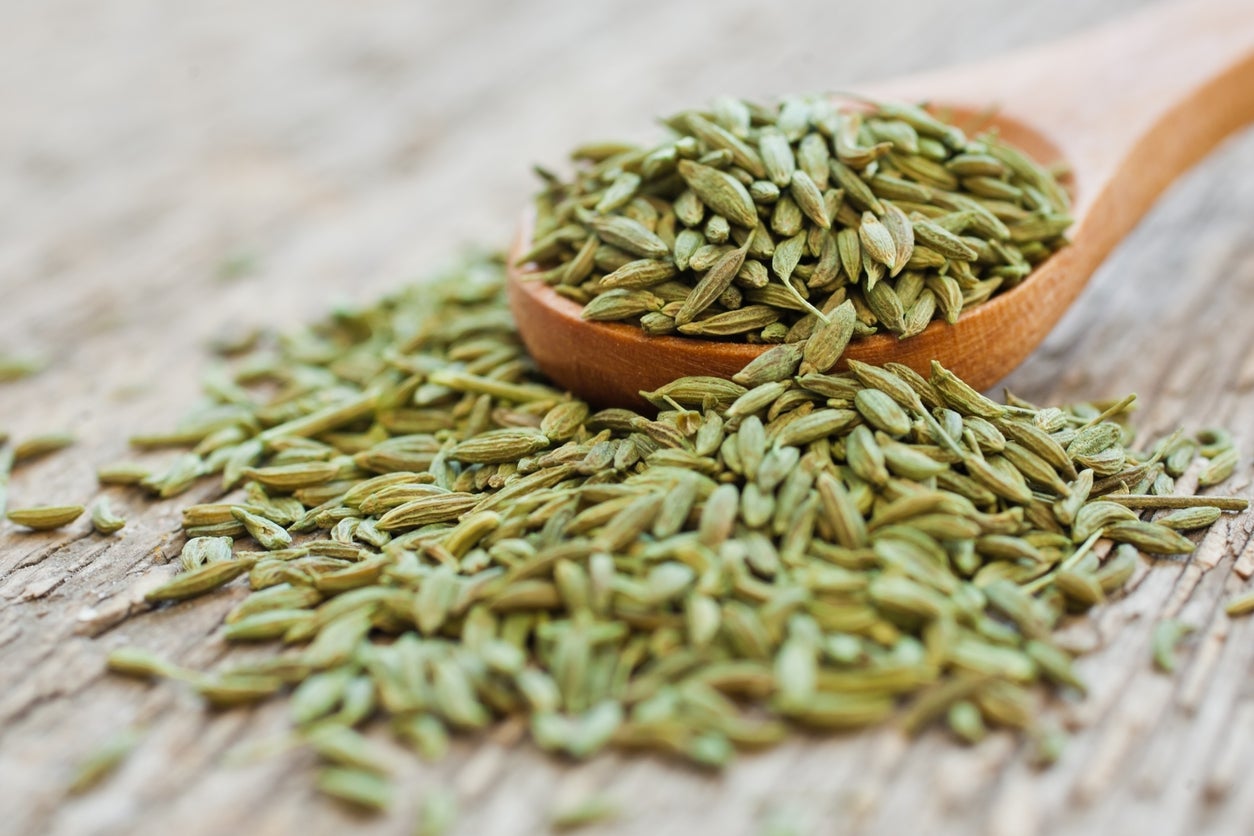 Harvesting Anise Seed – When And How To Pick Anise Seeds
Harvesting Anise Seed – When And How To Pick Anise SeedsIf you’re someone who loves anise, there’s nothing easier or more rewarding than growing and saving your own anise seeds to use year round. Click this article to learn more about how to pick anise seeds and preserve them so you can use and enjoy the spice year after year.
By Liz Baessler
-
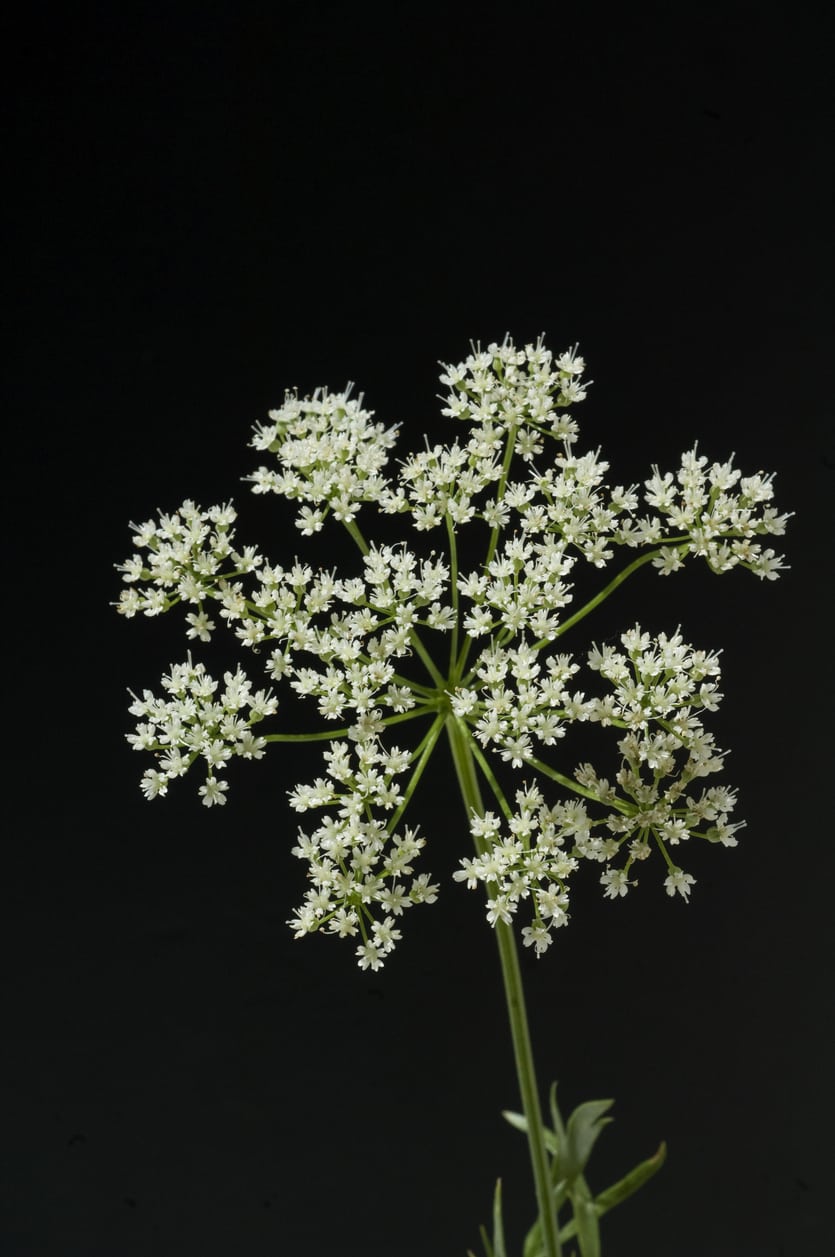 Common Anise Diseases: How To Treat A Sick Anise Plant
Common Anise Diseases: How To Treat A Sick Anise PlantWhile it is fairly easy to grow, the anise plant is not without its problems, specifically diseases. It’s important to recognize the symptoms in order to learn how to treat a sick anise plant before a disease progresses to the point of no return. This article will help.
By Amy Grant
-
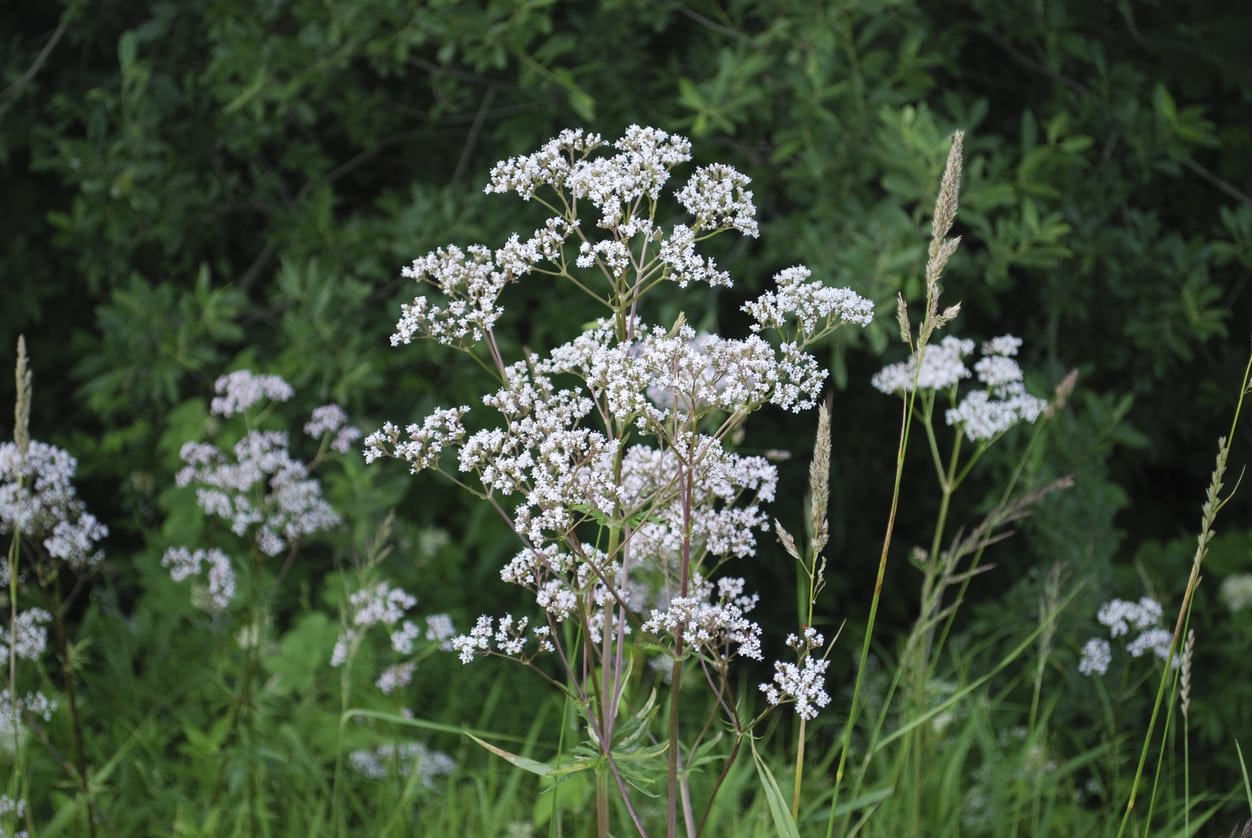 Container Grown Anise Seed: How To Care For Anise In A Pot
Container Grown Anise Seed: How To Care For Anise In A PotAnise, sometimes called aniseed, is a powerfully flavored and scented herb that is most popular for its culinary properties. Like all culinary herbs, anise is very useful to have on hand near the kitchen, especially in a container. But can you grow anise in a pot? Find out here.
By Liz Baessler
-
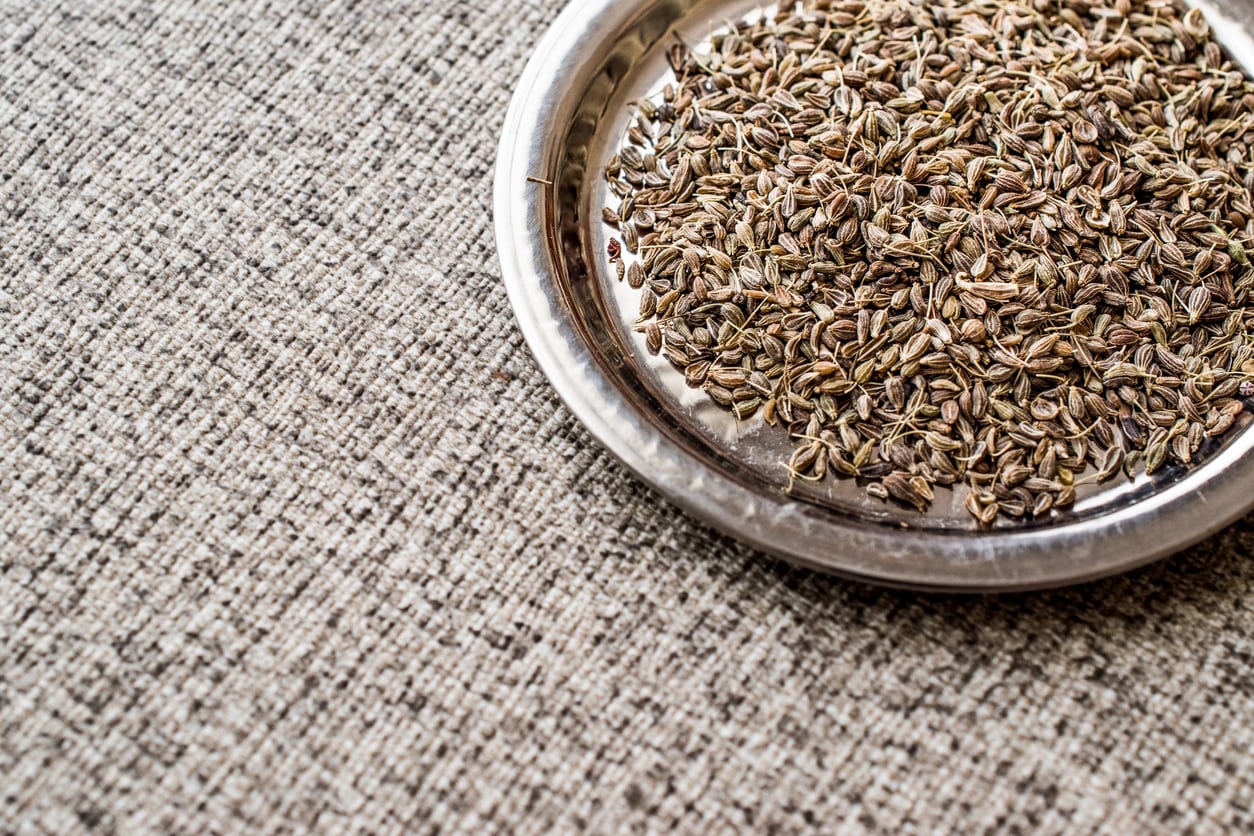 Aniseed As A Spice – Learn How To Use Anise Plants
Aniseed As A Spice – Learn How To Use Anise PlantsAnise is a popular culinary herb easy to grow by seed, but the question is, what to do with aniseed once it’s harvested? How do you use aniseed as a spice, and how about cooking with anise? Click here to learn a few of the many ways of using anise plants.
By Mary H. Dyer
-
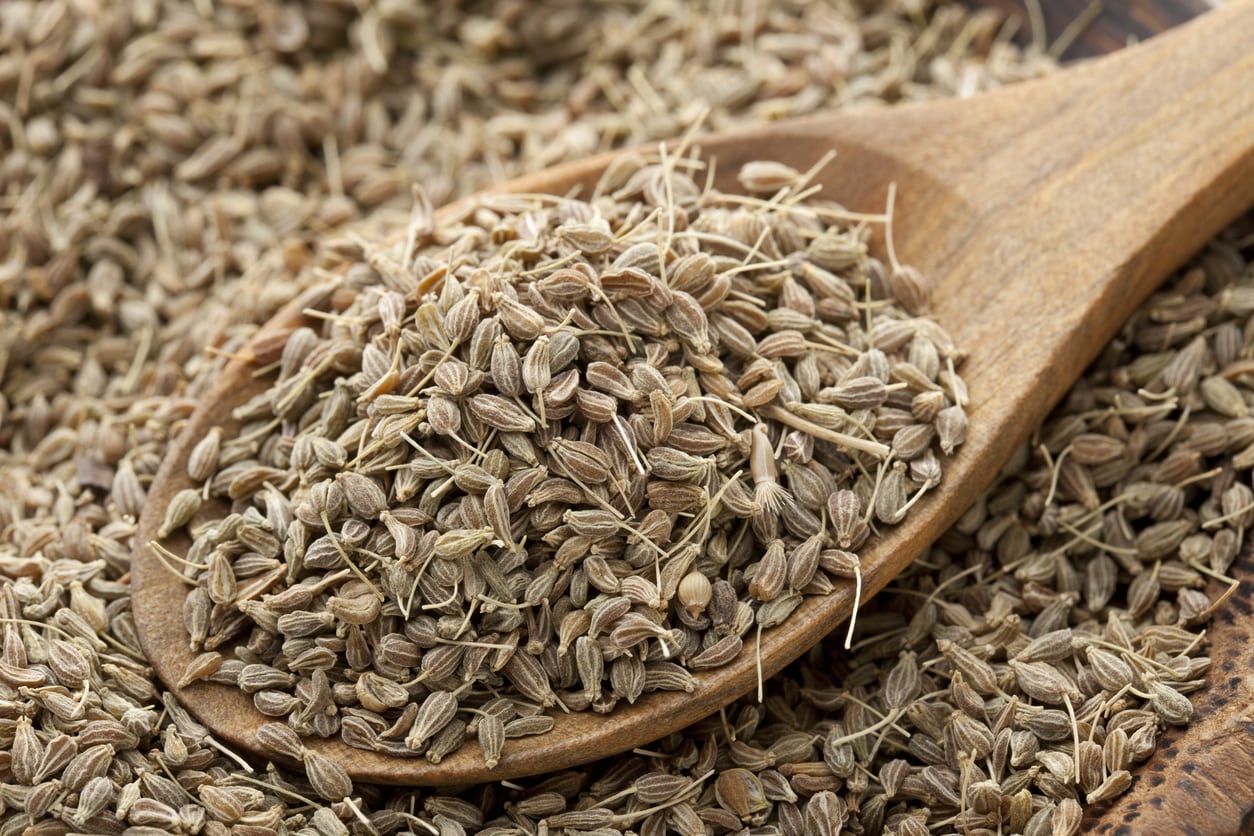 Medicinal Anise Plants – How Is Anise Good For You
Medicinal Anise Plants – How Is Anise Good For YouAnise is a pretty perennial herb, but it can do more for you than add visual interest to your garden. Growing medicinal anise plants and harvesting the seeds means you can add this natural, herbal remedy to both your kitchen and your medicine cabinet. Learn more in this article.
By Mary Ellen Ellis
-
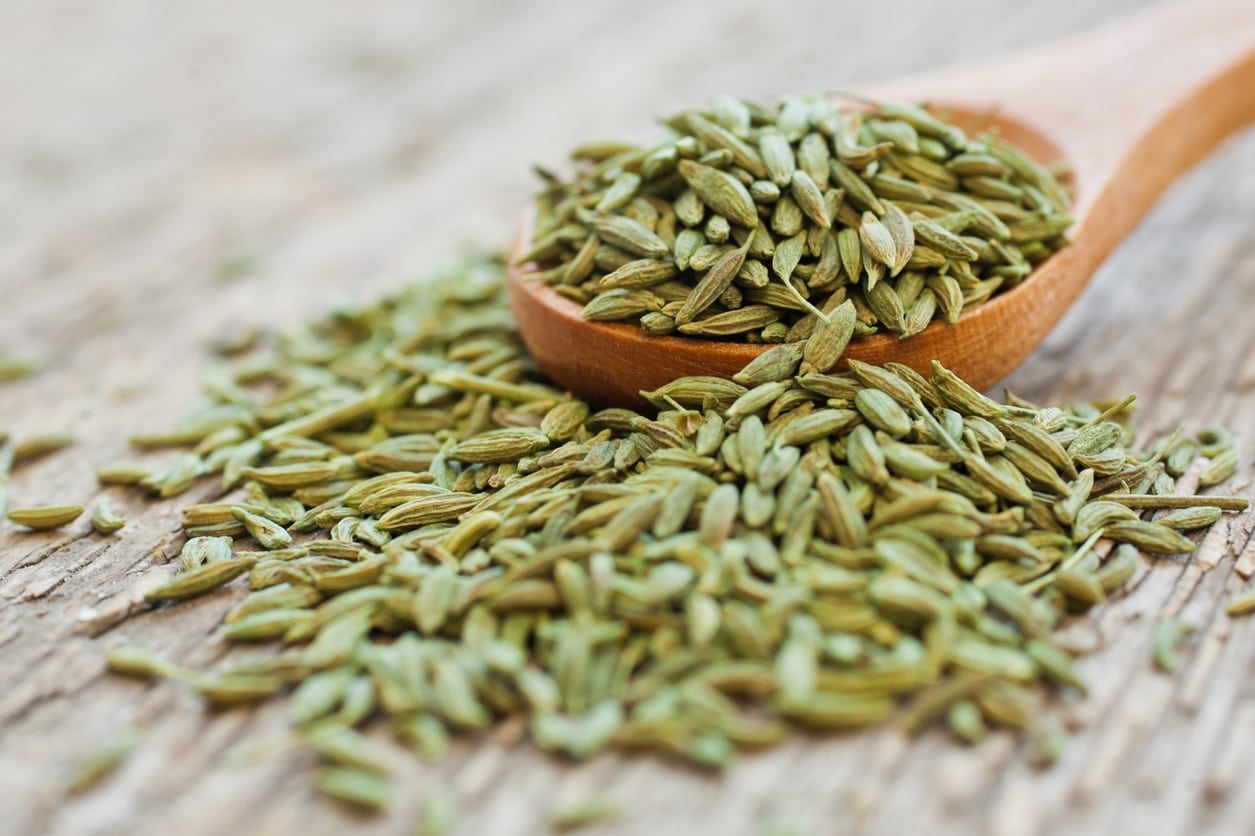 Fennel Vs Anise: What’s The Difference Between Anise And Fennel
Fennel Vs Anise: What’s The Difference Between Anise And FennelIf you’re a cook who loves the flavor of black licorice, you no doubt commonly use fennel and/or anise seed in your culinary masterpieces. Many cooks use them interchangeably. But are anise and fennel the same? Find out more in this article.
By Amy Grant
-
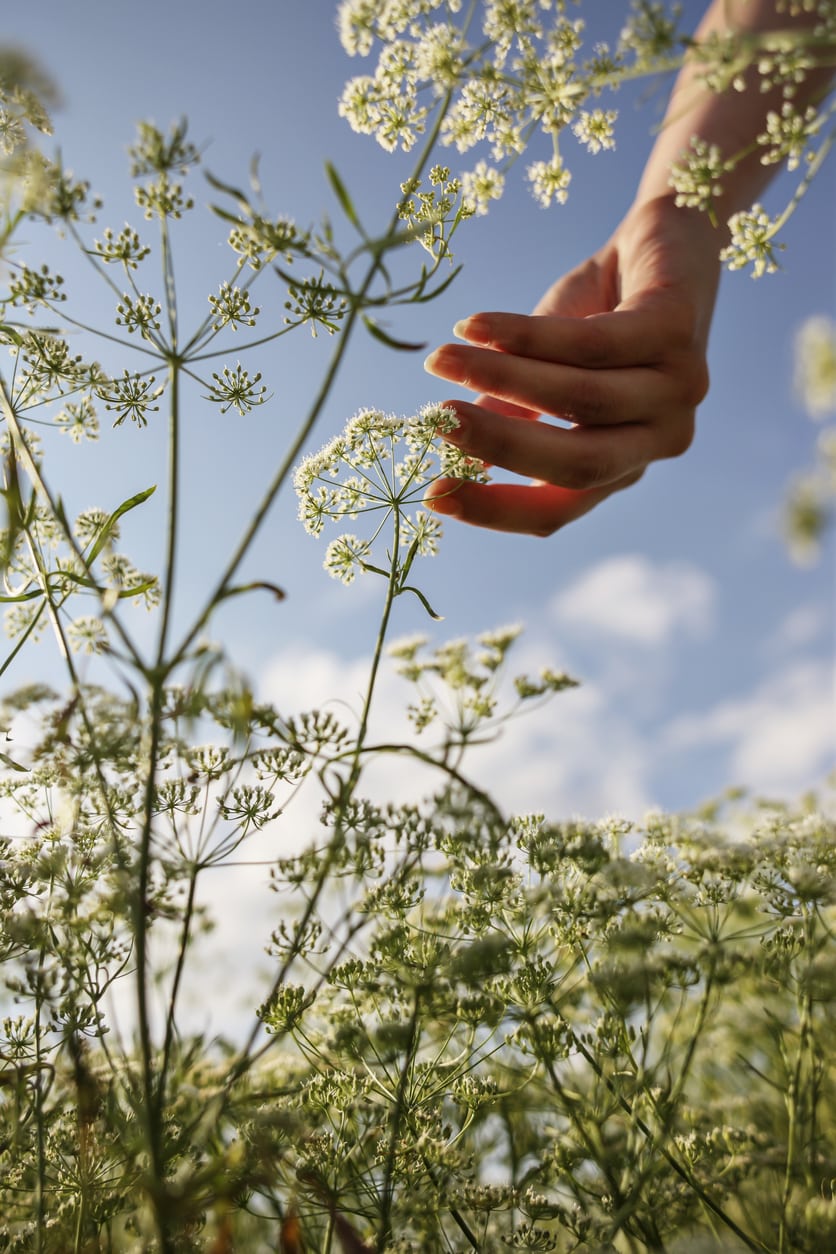 Propagating Anise Herbs: How to Propagate Anise Plants
Propagating Anise Herbs: How to Propagate Anise PlantsVariety is the spice of life, so it is said. Growing new anise plants will help spice up the ho-hum herb garden while giving dinner a surprising new zip. The question is, how is anise propagated? Click here for information on propagating anise herbs.
By Amy Grant
-
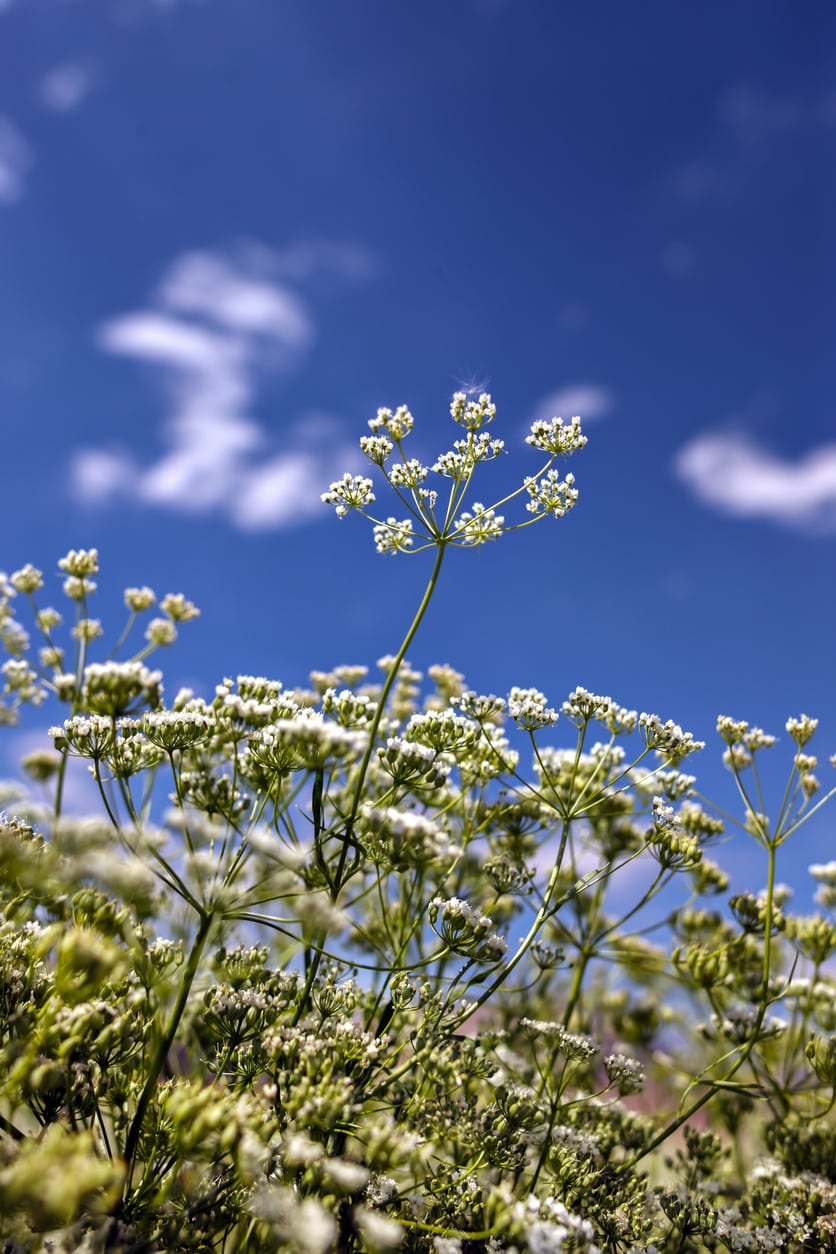 Does Anise Repel Bugs: Information On Natural Anise Pest Control
Does Anise Repel Bugs: Information On Natural Anise Pest ControlCompanion planting with anise attracts certain beneficial insects, and the pest-repellent properties may even protect veggies growing nearby. Click here to learn more about anise pest control and how you can easily grow this beautiful, useful plant.
By Mary H. Dyer